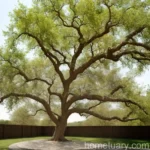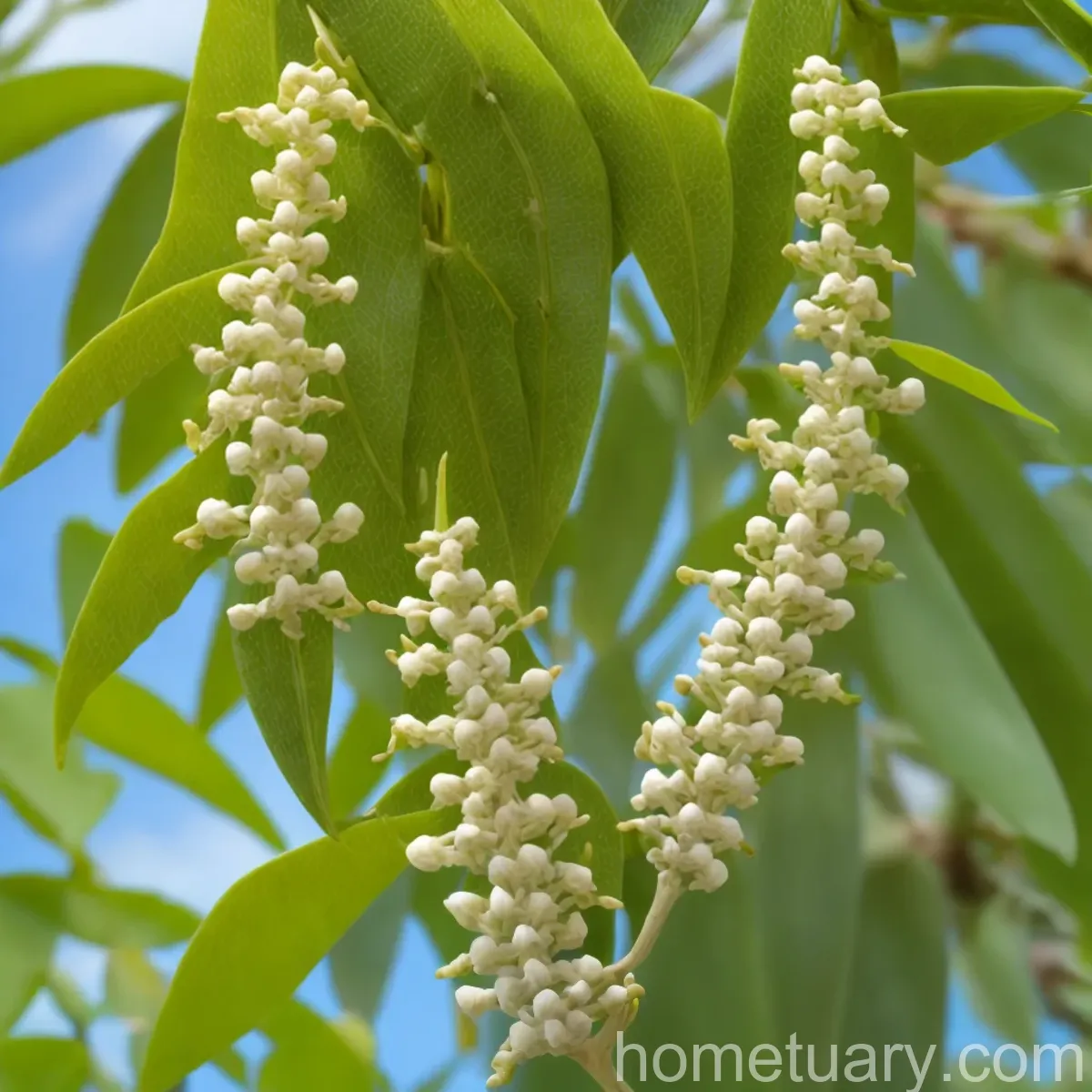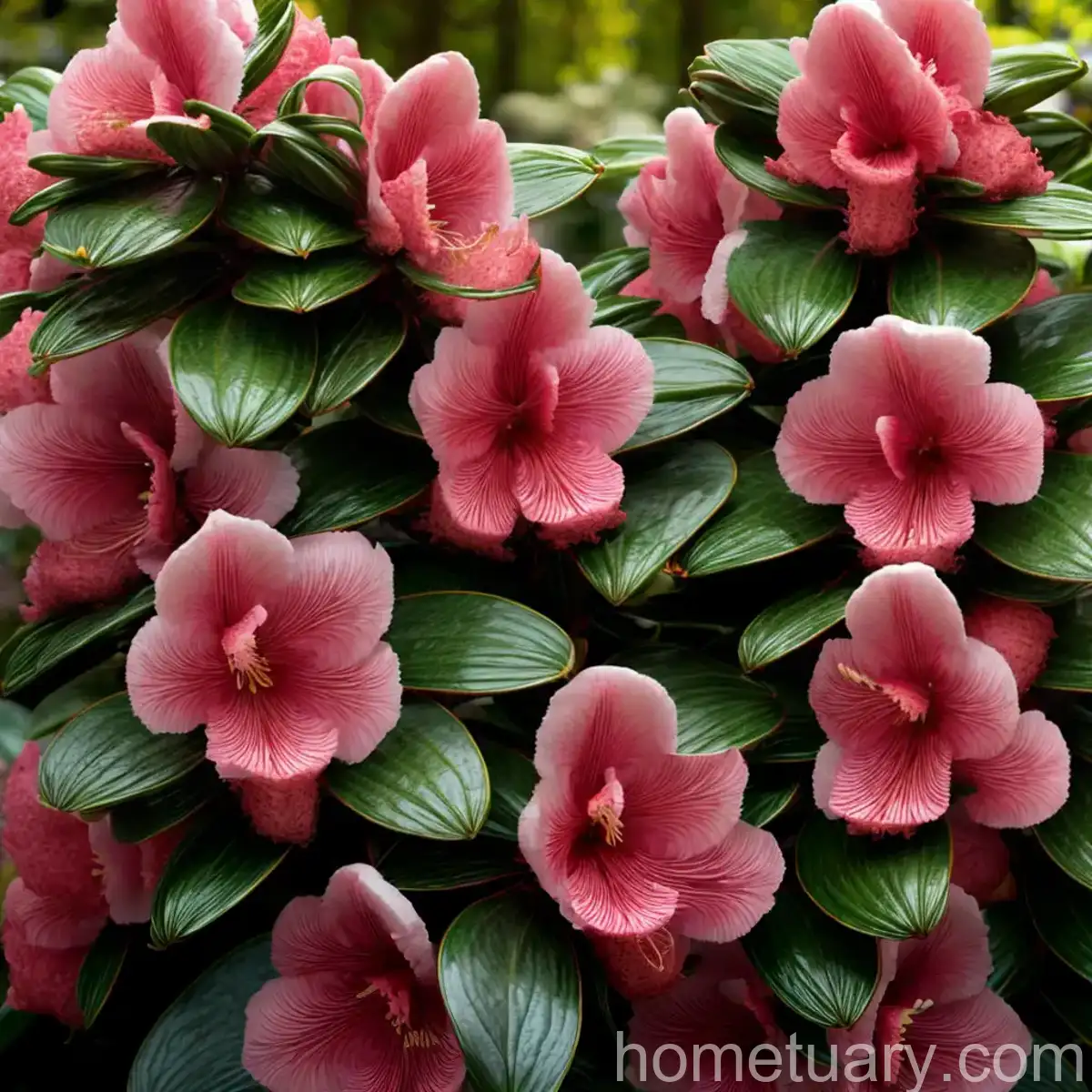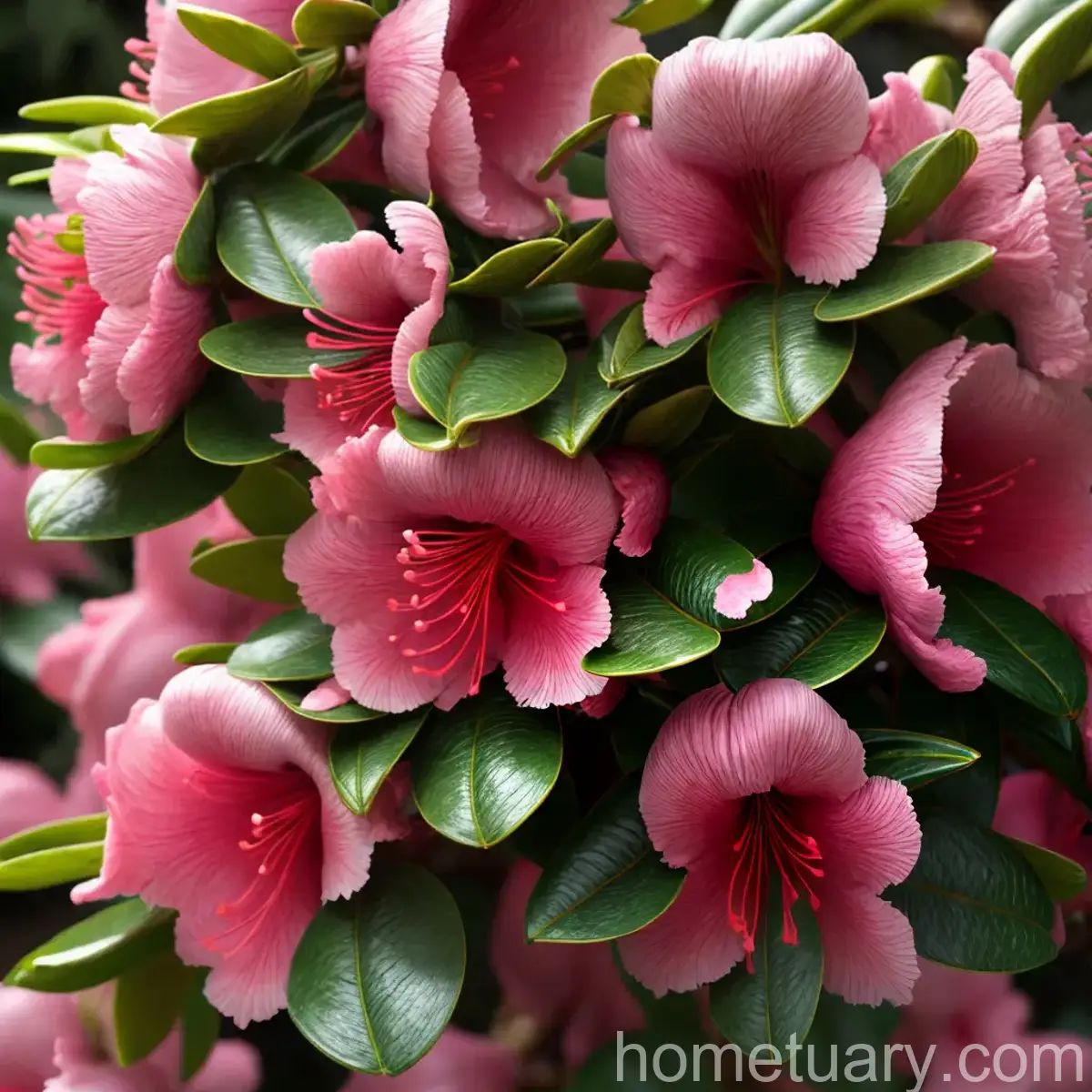The Magnificent Southern Red Oak (Quercus falcata)
The southern red oak, scientifically known as Quercus falcata, is an iconic tree species renowned for its majestic stature, vibrant foliage, and numerous ecological benefits. In this comprehensive guide, we will explore the various facets of the southern red oak, including its characteristics, cultivation techniques, uses, and ecological significance.
What is the Southern Red Oak?
The southern red oak, a member of the Fagaceae family, is a large deciduous tree native to the eastern United States. It is commonly found in diverse habitats, including upland forests, bottomlands, and well-drained slopes. The tree is characterized by its distinctive leaves, which feature multiple lobes and resemble those of other oak species.
Quercus falcata Characteristics
The southern red oak is renowned for its remarkable features, which contribute to its ecological and aesthetic value:
-
Majestic Stature: The southern red oak typically grows to a height of 60-80 feet, with a broad, rounded crown that provides ample shade and shelter for wildlife.
-
Distinctive Leaves: The tree’s leaves are deeply lobed with bristle-tipped margins, and they turn a brilliant red during the autumn, creating a breathtaking display of color.
-
Bark and Acorns: The bark of the southern red oak is dark and deeply furrowed, adding to its visual appeal. Additionally, the tree produces acorns that are an essential food source for numerous wildlife species.
-
Ecological Role: As a keystone species, the southern red oak plays a vital role in supporting diverse ecosystems, providing food and habitat for birds, mammals, and insects.
Key Takeaways – Southern Red Oak (Quercus falcata)
Before delving into the specific aspects of cultivating and caring for southern red oaks, let’s highlight the key takeaways regarding this magnificent tree:
- Southern red oak tree facts encompass its impressive stature, distinctive foliage, and ecological significance.
- Quercus falcata growing tips are essential for nurturing healthy trees and ensuring optimal growth in diverse environmental conditions.
- The southern red oak identification involves recognizing its unique leaves, bark, and acorn production, which distinguish it from other oak species.
- Understanding the Quercus falcata habitat is crucial for selecting suitable planting locations and promoting successful establishment in natural and cultivated settings.
- Effective southern red oak tree care involves providing adequate water, sunlight, and nutrients while addressing potential issues such as diseases and pests.
Now, let’s delve deeper into each of these key aspects to gain a comprehensive understanding of the southern red oak and its cultivation.
Culture
Cultivating southern red oaks involves understanding the specific cultural requirements that promote their health and vitality. From suitable planting locations to optimal soil conditions, a holistic approach to tree care is essential for fostering robust, resilient trees.
Uses
The southern red oak offers a myriad of uses, ranging from its ecological importance to its practical applications in various industries. Understanding the diverse uses of this tree is essential for appreciating its multifaceted value and promoting sustainable management practices.
Water
Water is a critical factor in the cultivation of southern red oaks, as it directly affects their growth, establishment, and overall health. Proper watering practices are essential for ensuring the well-being of these valuable tree species.
Sunlight
Sunlight plays a pivotal role in the growth and development of southern red oaks. Understanding the sunlight requirements of these trees is essential for selecting suitable planting locations and optimizing their overall vigor.
Fertilizer
Fertilization practices are integral to the successful cultivation of southern red oaks, as they help provide essential nutrients and support robust growth. Knowledge of effective fertilization techniques is crucial for maintaining healthy, flourishing trees.
Soil
The soil serves as the foundation for the growth and vitality of southern red oaks. Understanding the soil preferences and requirements of these trees is paramount for promoting optimal root development and long-term sustainability.
Pruning
Pruning is an essential aspect of southern red oak care, contributing to their structural integrity, aesthetic appeal, and overall well-being. Proper pruning techniques are crucial for maintaining healthy, balanced trees.
Propagation
The propagation of southern red oaks allows for the expansion of their populations and the preservation of their genetic diversity. Understanding effective propagation methods is essential for supporting conservation efforts and promoting sustainable tree cultivation.
Container Popularity
The cultivation of southern red oaks in containers offers unique opportunities for urban and landscape applications. Understanding the popularity of container cultivation and its associated benefits is essential for integrating these magnificent trees into diverse environments.
Container Common Diseases
Despite their resilience, southern red oaks are susceptible to certain diseases that can impact their health and vitality. Familiarizing oneself with common diseases and effective disease management strategies is crucial for maintaining robust, disease-resistant trees.
Disease Diagnosis
Accurate diagnosis of diseases affecting southern red oaks is essential for implementing targeted management strategies and preserving the health of these valuable tree species. Understanding the symptoms and causes of common diseases is integral to timely intervention and effective treatment.
Common Pests
Pests can pose significant challenges to the cultivation of southern red oaks, impacting their growth and overall well-being. Identifying common pests and implementing appropriate pest management measures is critical for safeguarding these iconic tree species.
Botanist’s Tips
As a plant scientist, I would like to offer some valuable tips for cultivating and caring for southern red oaks. These tips encompass essential considerations and best practices that promote the health, resilience, and longevity of these magnificent trees.
Fun Facts
To conclude our exploration of the southern red oak, let’s delve into some fascinating fun facts that showcase the unique characteristics, ecological significance, and cultural relevance of this iconic tree species.
Links to External Resources
For further information and resources on the southern red oak, please explore the following links:
- USDA Plant Guide: Southern Red Oak
- The Nature Conservancy: Southern Red Oak
- Arbor Day Foundation: Southern Red Oak
- University of Florida IFAS Extension: Oak Trees for North Florida
This comprehensive guide provides a holistic understanding of the southern red oak (Quercus falcata), encompassing its characteristics, cultivation techniques, uses, and ecological significance. By delving into the cultural requirements, practical applications, and ecological role of this iconic tree, we gain a profound appreciation for its immense value and timeless beauty.















